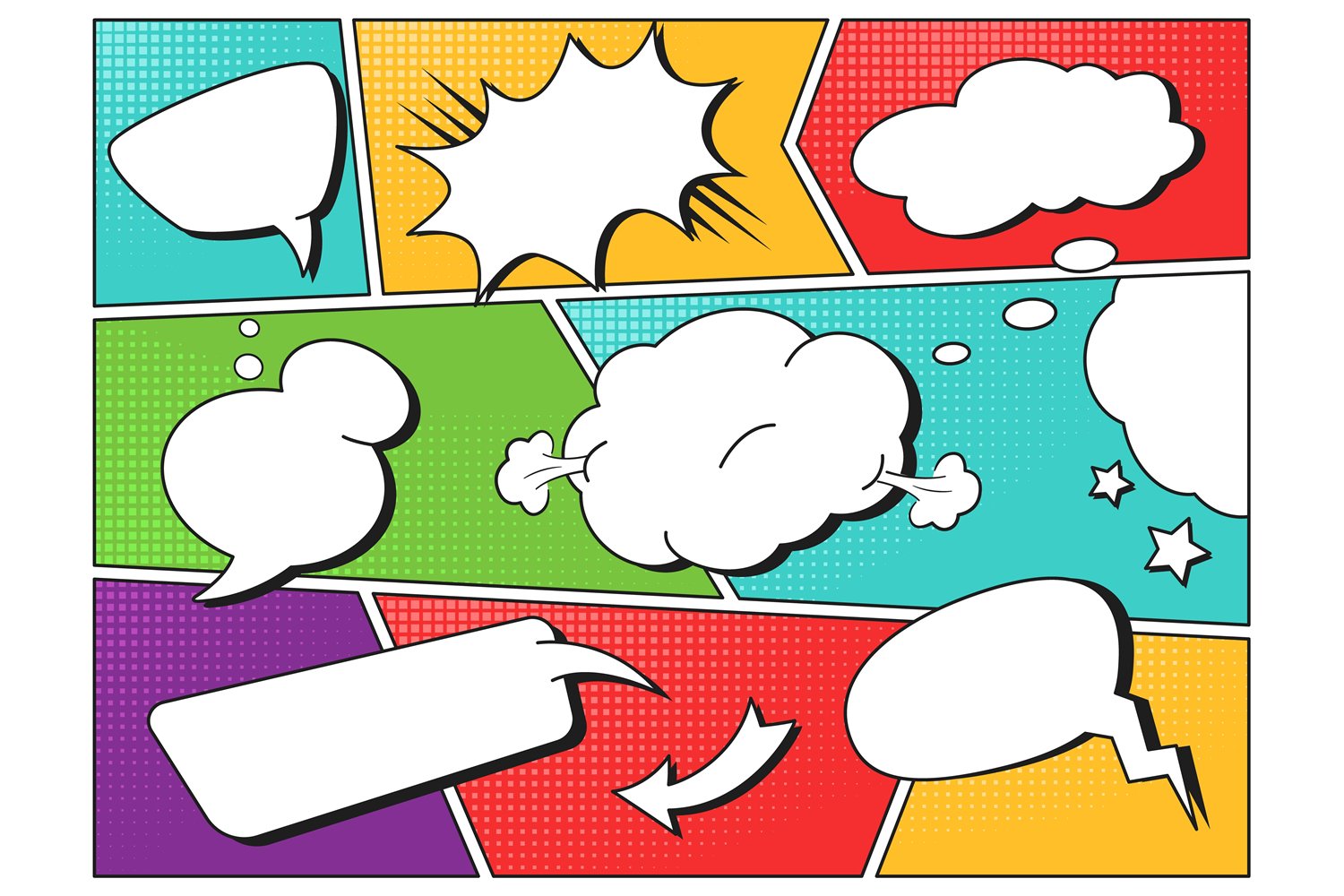Picture this: you’ve walked into your favorite neighborhood bar, the air thick and heavy with the roar of voices. Stories, both big and small, get traded like shots of tequila (or dirty martinis if that’s more your speed). Each word is a brushstroke painting a slice of lives lived and secrets shared. Even if you don’t want to, you learn a bit about this or that person while you wait for your drink of choice and wonder ‘Who the hell are you?’
This is the power of dialogue. It’s the wind beneath your character’s wings, the open window into how their minds work. It’s legitimately a secret sauce. When done right, dialogue serves as an anchor that brings the reader much deeper into the world that’s been put before us.
But writing dialogue can be painful AF. I’ve been told I’m good at it and should consider trying my hand at screenwriting. Still, I find myself rolling my eyes at my first few passes of dialogue between characters. Despite being complimented, I always feel like it’s a struggle to chip out a good piece of dialogue.
The stakes are high, though!
Successful entrepreneurs will tell you investors are investing in you as a person. The same could be said for our stories. The reader is investing in the characters but if the dialogue is atrocious, it might be hard for the reader to fully sink into the journey. The result? They might toss our book aside forever.
What’s the solution here? Write good dialogue! 🙄 Like with any other part of your book, you have to mix and match ingredients like a skilled mixologist. You have to know the characters and understand the subtle nuances that will make their voices sound unique and true.
Here are a couple tips to keep in mind:
1. Keep Your Voices Unique:
Imagine we’re back at your favorite bar! Now, imagine two patrons, a gruff sailor and an overeducated Wall Street bro. Can you picture all of the differences between how they might talk? Their speech patterns, regional dialects, or slang usage? All of these ‘minor’ distinctions are what compose their linguistic fingerprint. It’s what makes each character sound unique! Keeping character voices is tricky but you are going to feel like such a superhero when you’re randomly able to say to yourself ‘This character would never say this…but they would and here’s how.’
Pro tip? Video-focused content creators are your ace in the hole. Use them to your advantage! With a little research, you could build a whole roster of creators (or influencers) to draw inspiration from for your characters. And you can finally ignore the generic advice of sitting in a cafe and listening to others when all you want is to eat your avocado toast and go.
2. Subtext Is Your Friend:
In real life conversations, we don’t say everything going on in our minds. Why do you feel like you have to do that as a writer? Newsflash: you don’t! Leveraging subtext can be a great tactic to intrigue the reader. Don’t be scared to make them work a little bit. Have them pause and theorize why a character might have stopped talking or chooses not to respond. How does this build who your characters are, how they process emotions, and what their own agendas might be? Remember, the unspoken can sometimes be far more meaningful.
3. Let It Flow…With Intention:
Yes, we know that dialogue should flow naturally. But one of the biggest, most eye-opening lessons I’ve learned is to make sure every piece of dialogue has an intention. If it doesn’t serve a purpose, effectively moves the narrative forward, or give more insight into who a character is…don’t say it. I’m thinking about a chapter I just edited where my protagonist says ‘Hi.’ That’s it. Like…da fuh? So, I’m going to go back to that entire interaction and restructure things so the only words ‘spoken’ will have a greater impact.
4. Banter, Banter, Banter:
Okay, banter isn’t just about the quippy one-liners. It can—and sometimes will—include them but banter has a greater purpose for our stories. It can show a level of intimacy between characters. There could be inside jokes or pet names that casually get tossed around because of their comfort or history with one another. The point is they have a damn good idea of how their words will land with those around them. On the flip side, an attempt at banter is a great way to illustrate a sudden disconnect between characters or prove one doesn’t quite know how to read the room. Two sides to this coin!
5. Say It Out Loud:
Read. Your. Dialogue. Out. Loud. Don’t be embarrassed to do so, either. Reading your own dialogue (and honestly any other bit of writing) is a fantastic way to catch any awkward or unnatural phrases. I’ve often tried my hand at the flowery, literary sentence to seem smarter. I’ve read those same sentences aloud and thought ‘This is just a pretentious mouthful.’ Of course, you might be writing a pretentious asshole so this would fit for them but you get my drift. Reading your dialogue helps you identify spots where it could be tweaked to sound more natural to the reader’s ear.


